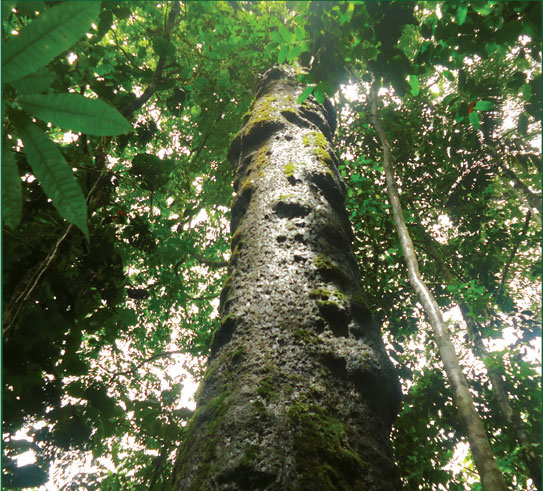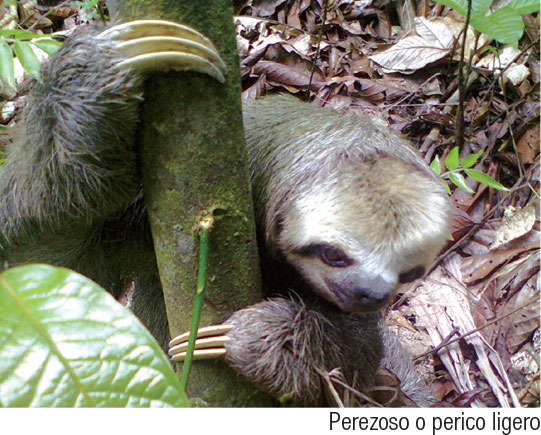The refuge was established where the Forestal Station “La Chiquita” used to operate, a property destined for research and management study of forest species typical to Ecuador’s north-west.
La Chiquita, whose name comes from an estuary that is found within this area, has become a refuge for fauna and flora of the area. The main attraction of this area is the tropical rain forest of the Choco area, an ecosystem of great biodiversity that begins in Panama, goes through Colombia and reaches the northern Ecuadorian coasts.

From Quito. The fastest way to access the area is from the city of Ibarra and from there taking the road Ibarra-San Lorenzo (165 km) until you arrive to the “Y” (the junction, 11km before you reach San Lorenzo) where the entrance to the refuge is located.
From San Lorenzo (Esmeraldas). You can access the refuge from the city of San Lorenzo using the road San Lorenzo-Parroquia Ricaurte, to the town of Ricaurte where on kilometre 11 is the “Y” (junction) that enters to the parrogia Ricaurte, here you will find the entrance to the refuge.
Calle Eloy Alfaro y 27 de noviembre. Las Mercedes neighborhood.
San Lorenzo. Esmeraldas Province.
(06) 278-1174, (06) 278-9498

Situated where the former “Experimental Station La Chiquita” operated we now find this wildlife refuge. In its facilities dedicated to research there have been studies on the germination, propagation and growth of several species of timber trees. The main purpose was to provide forest management guidelines for the development of utilization and management programs, as well as stopping the accelerated rate of forest destruction caused by the timber industry.
It was declared a Wildlife Refuge in 2002 and the Environment Ministry has embarked on a process of vegetation recovery ever since. Being surrounded by deforested and cattle grassland areas, La Chiquita has become an important refuge for fauna that houses a very interesting sample of plants and animals of the Choco region.
Even though it is small in size, within the area we can observe very prized timber trees such as dialyanther, bay ltree, cuero de sapo, monkeycomb, sande and several species of palm trees. Among the trees you can see hawks, crested owls, several species of hummingbirds, tanagers and parrots. With any luck you will catch a glimpse of the large jacamar, a copper-colored bird with a large beak, very sought after and admired by ornithologists and birdwatchers. There are several Afro-Ecuadorian communities located around this wildlife refuge.

There is a 4km trail that runs through several areas of the refuge.
The trail is low difficulty, and it also has a small visitor center.


















